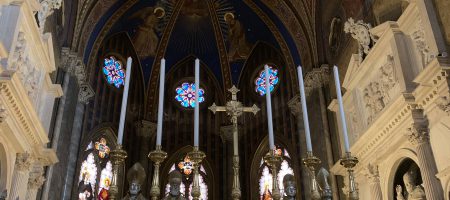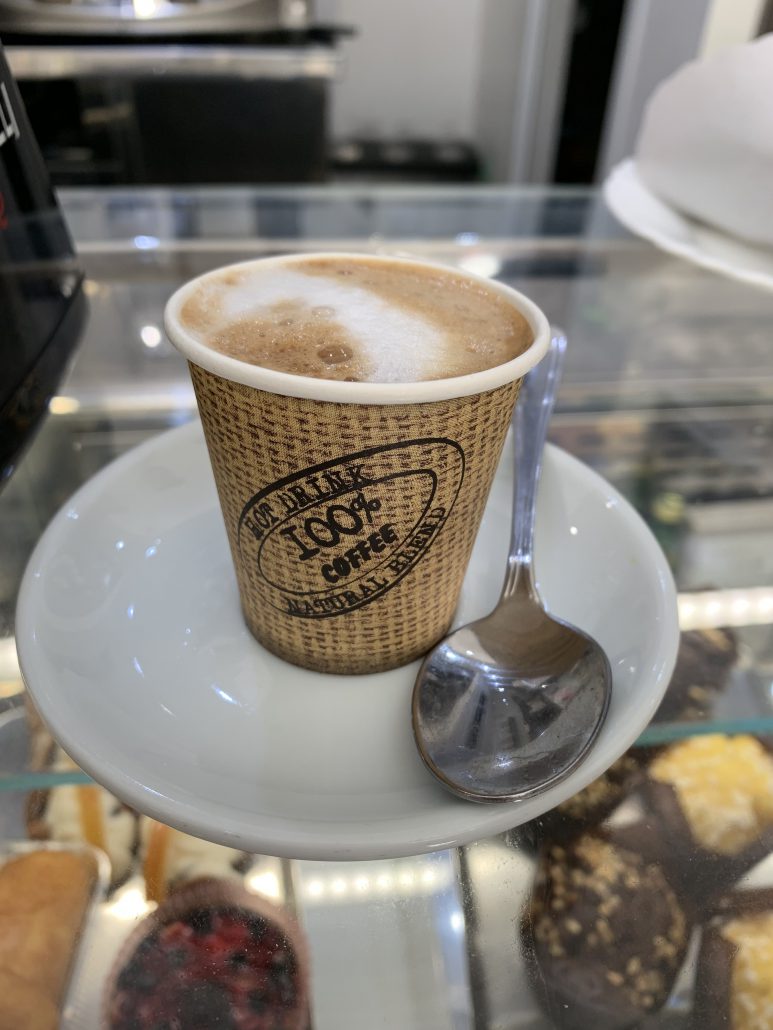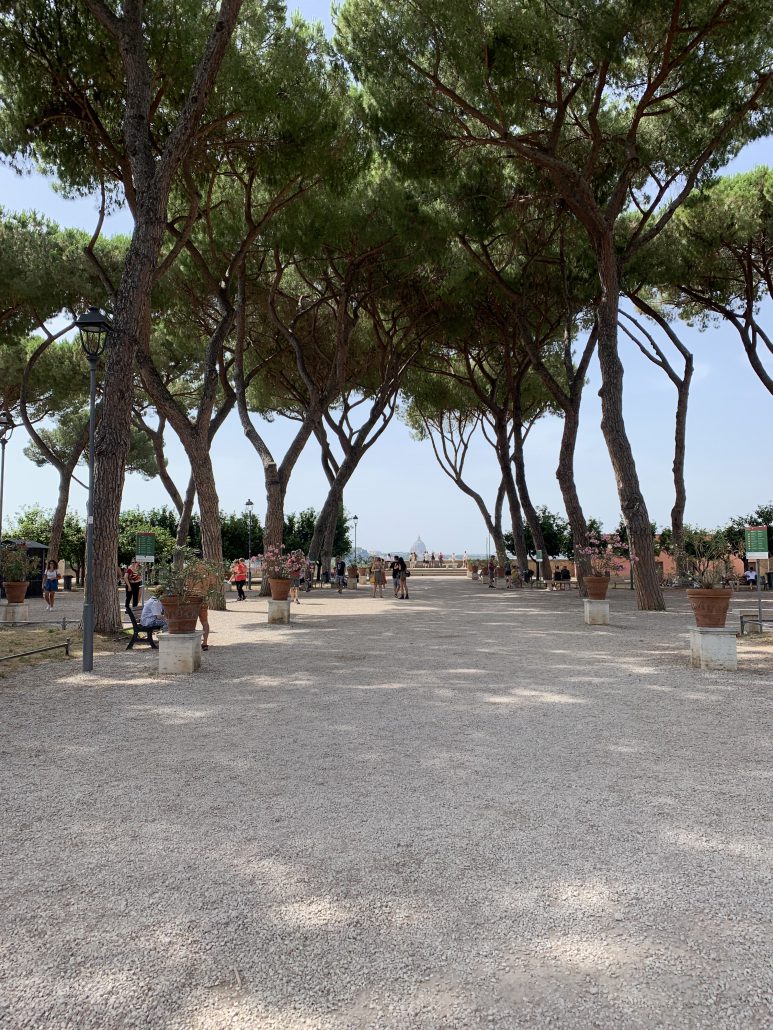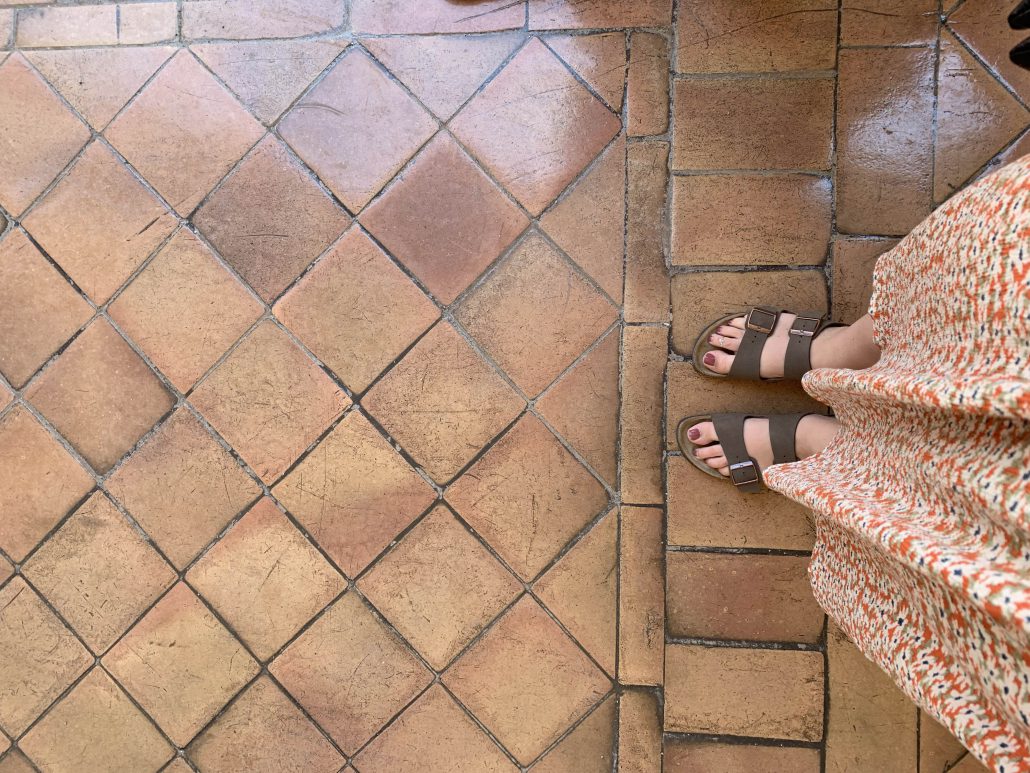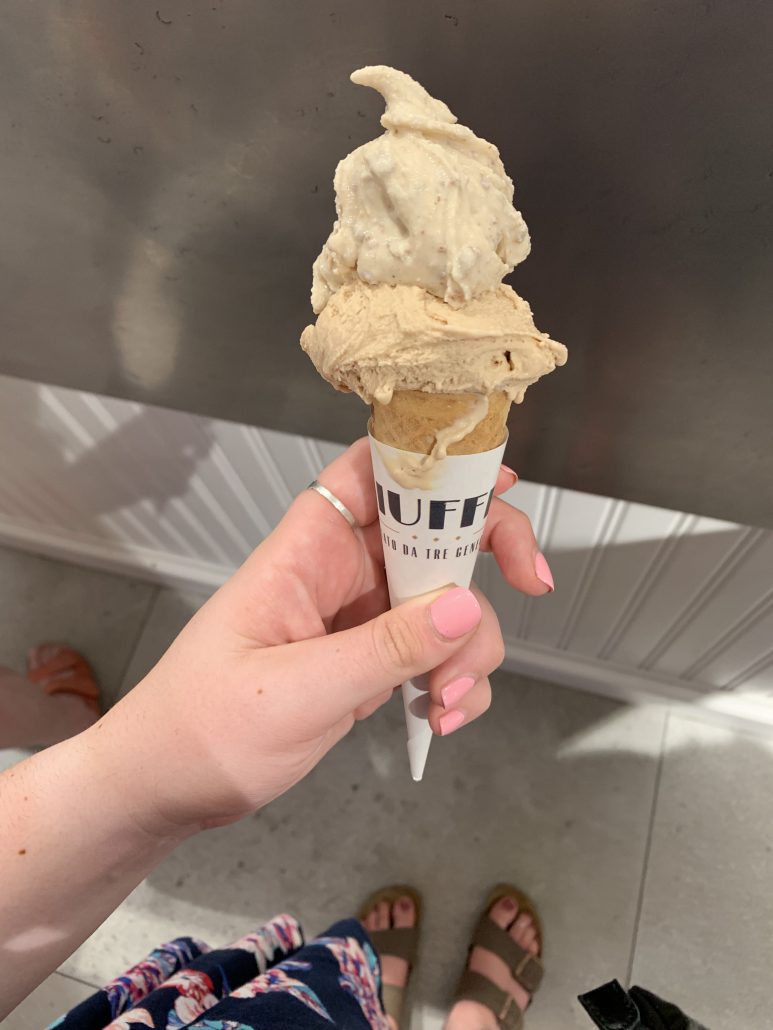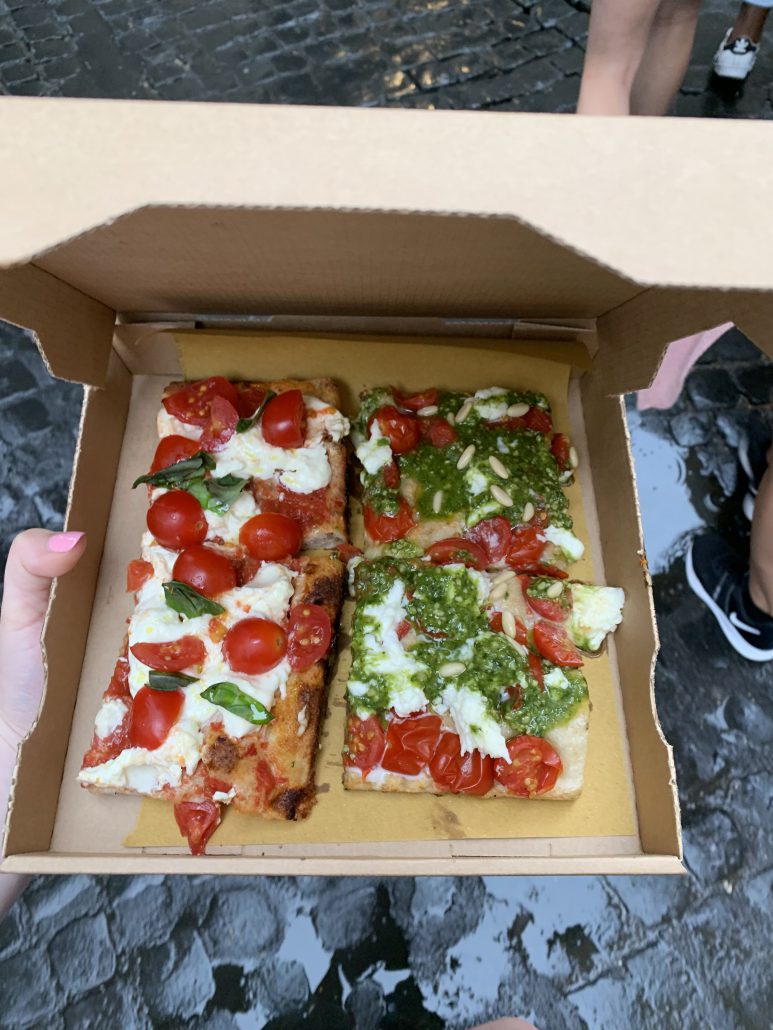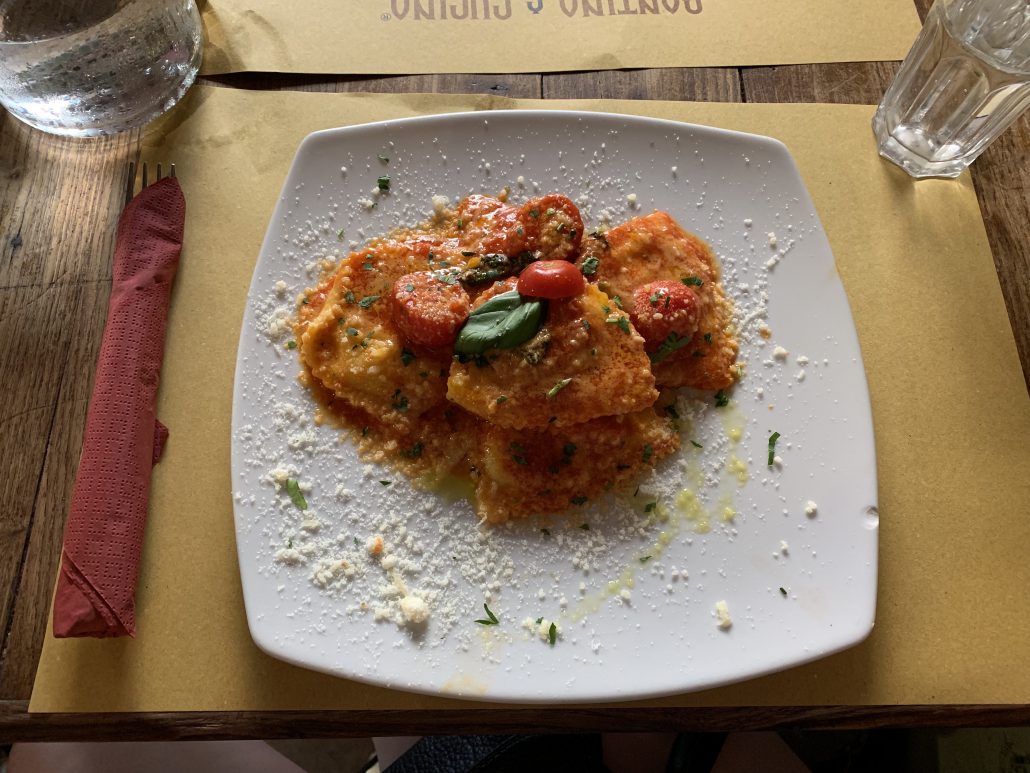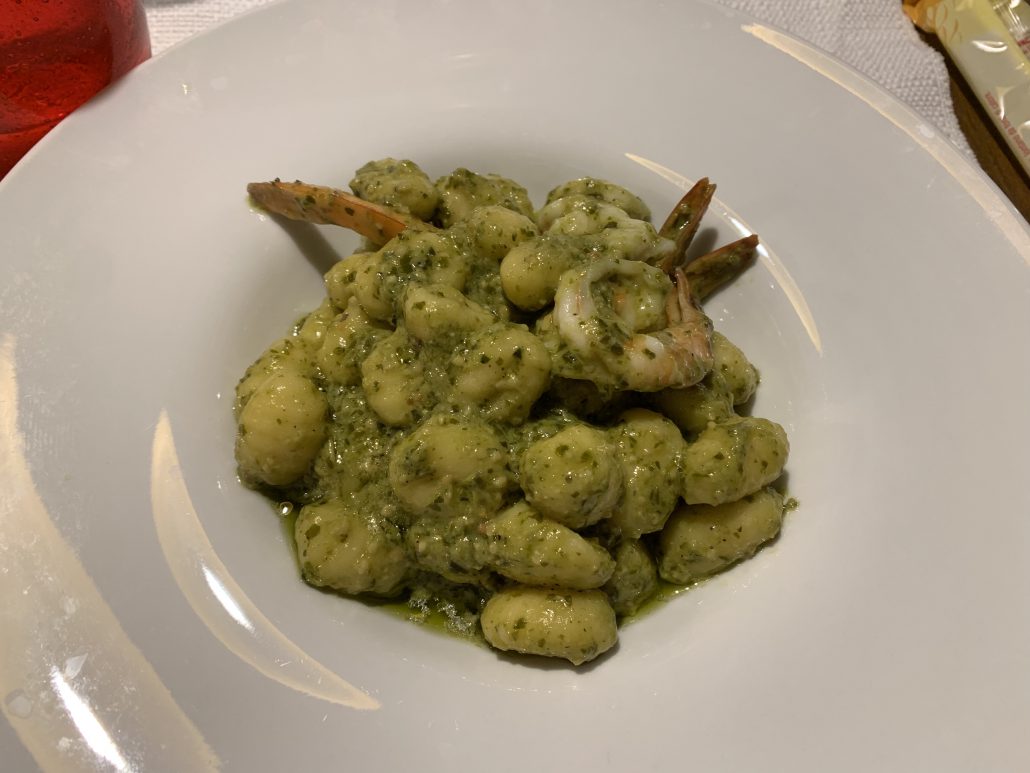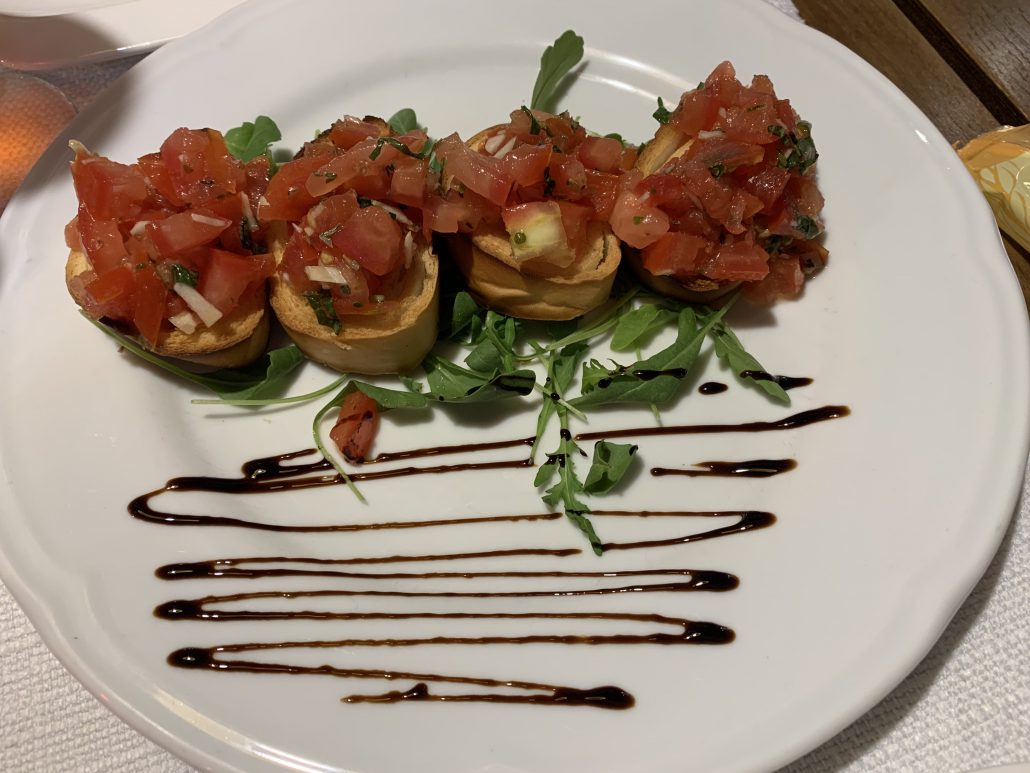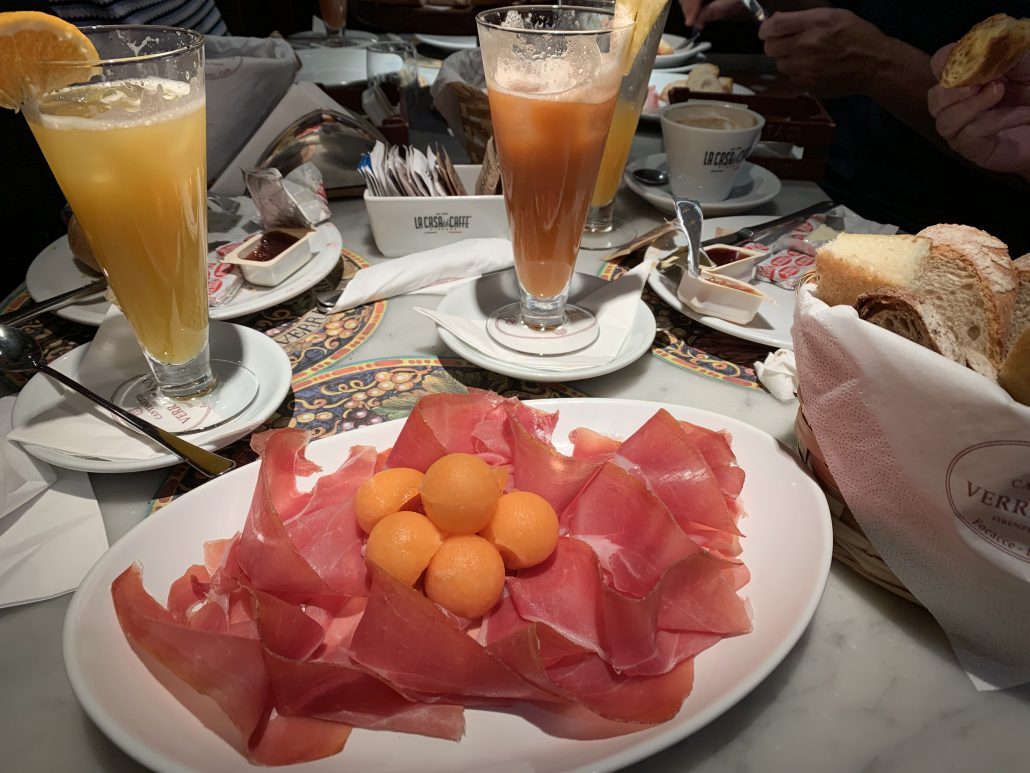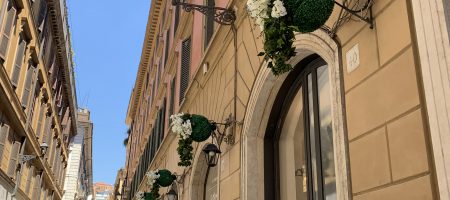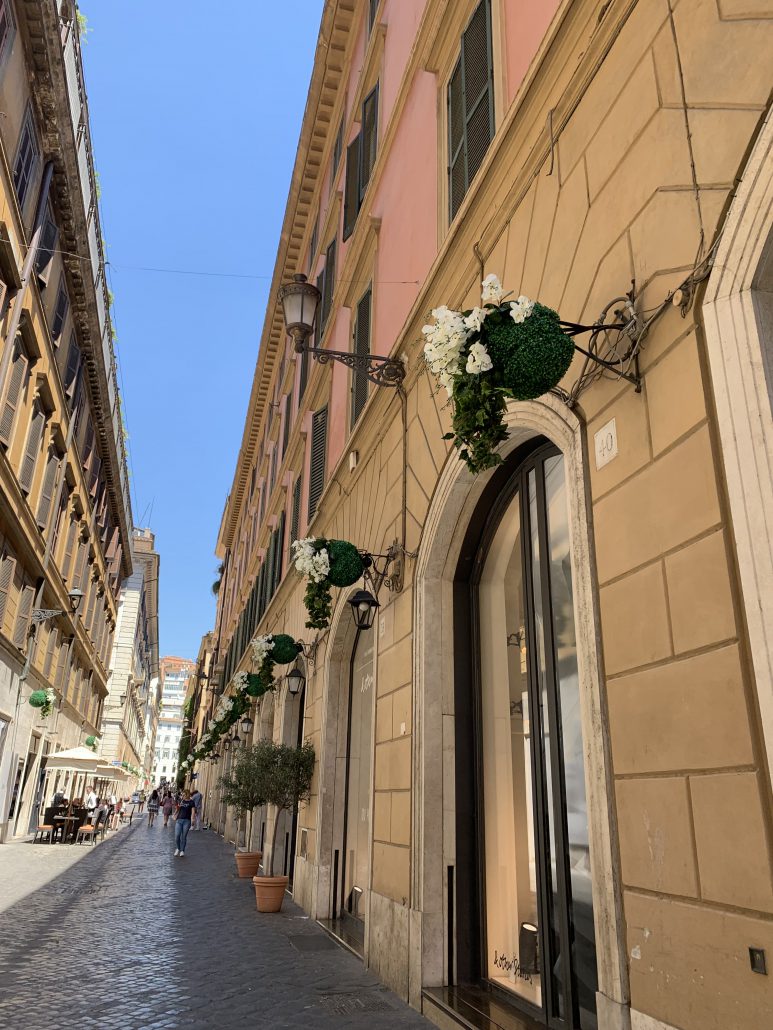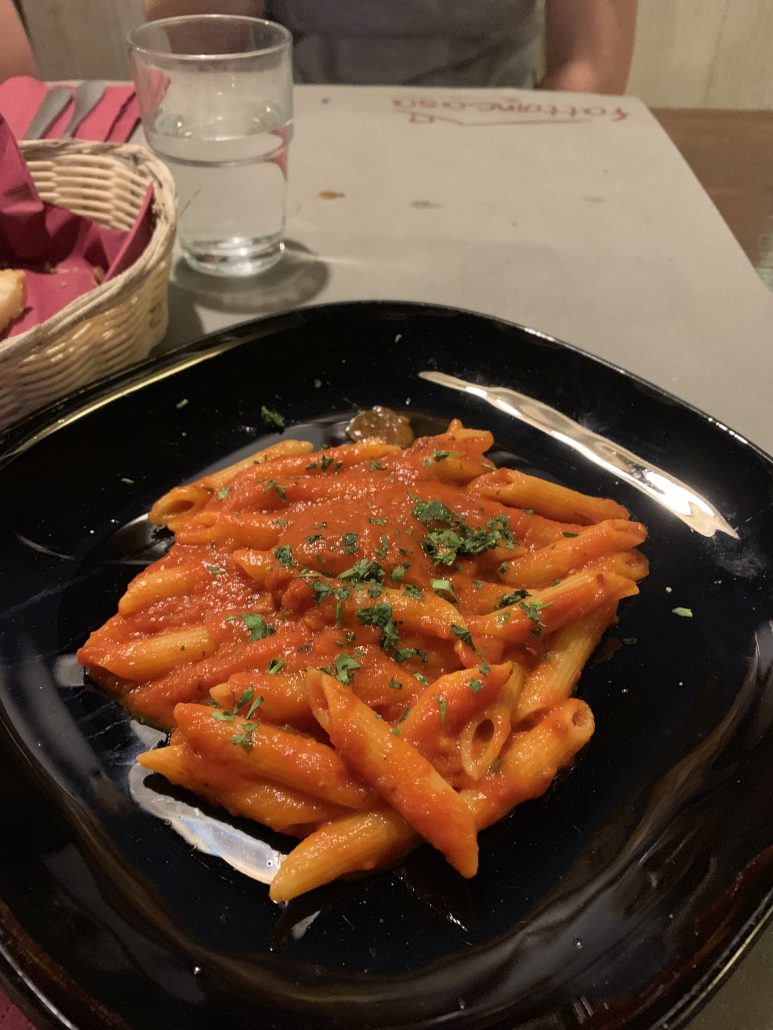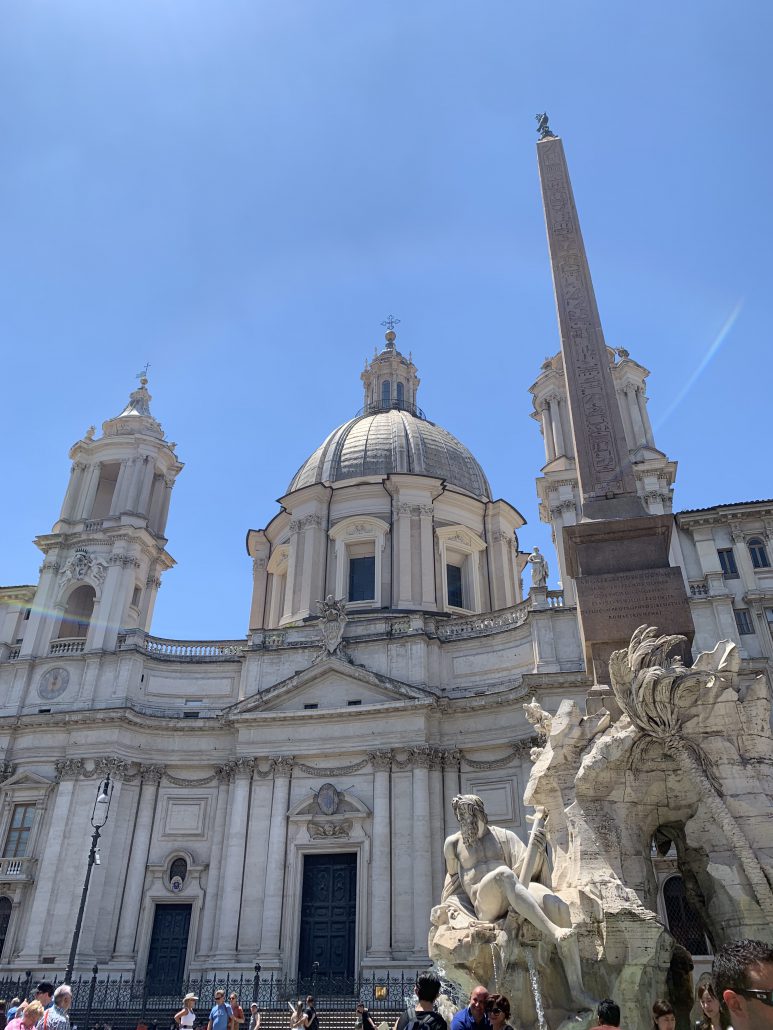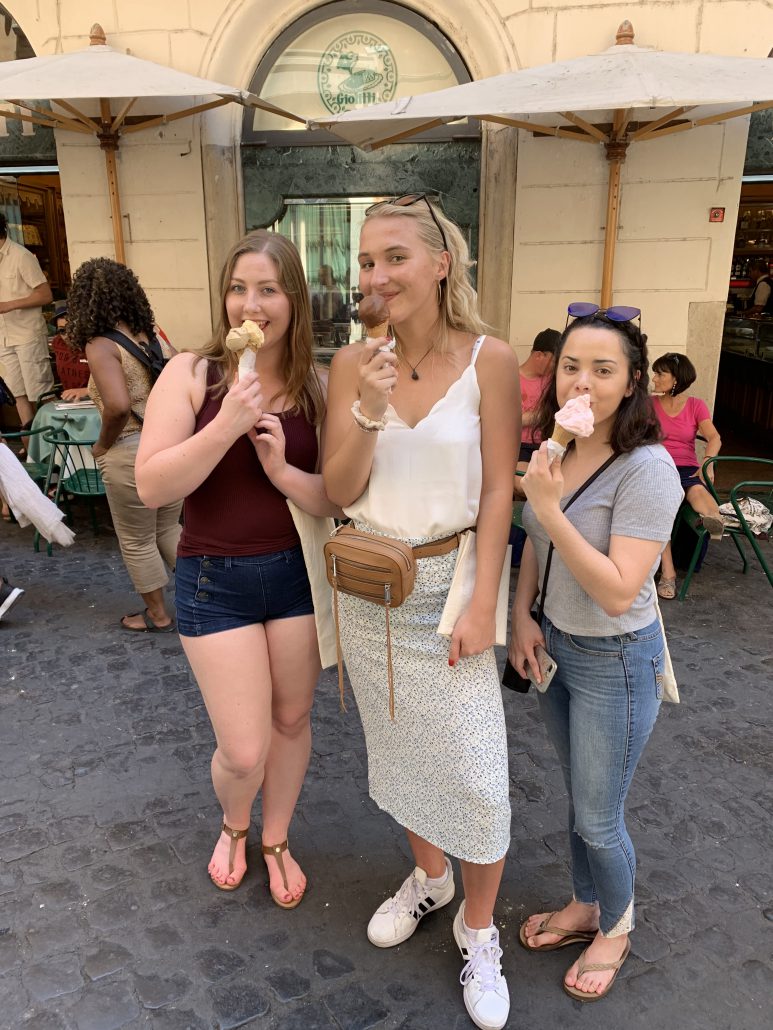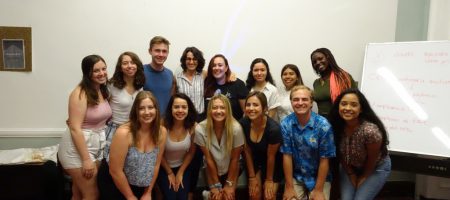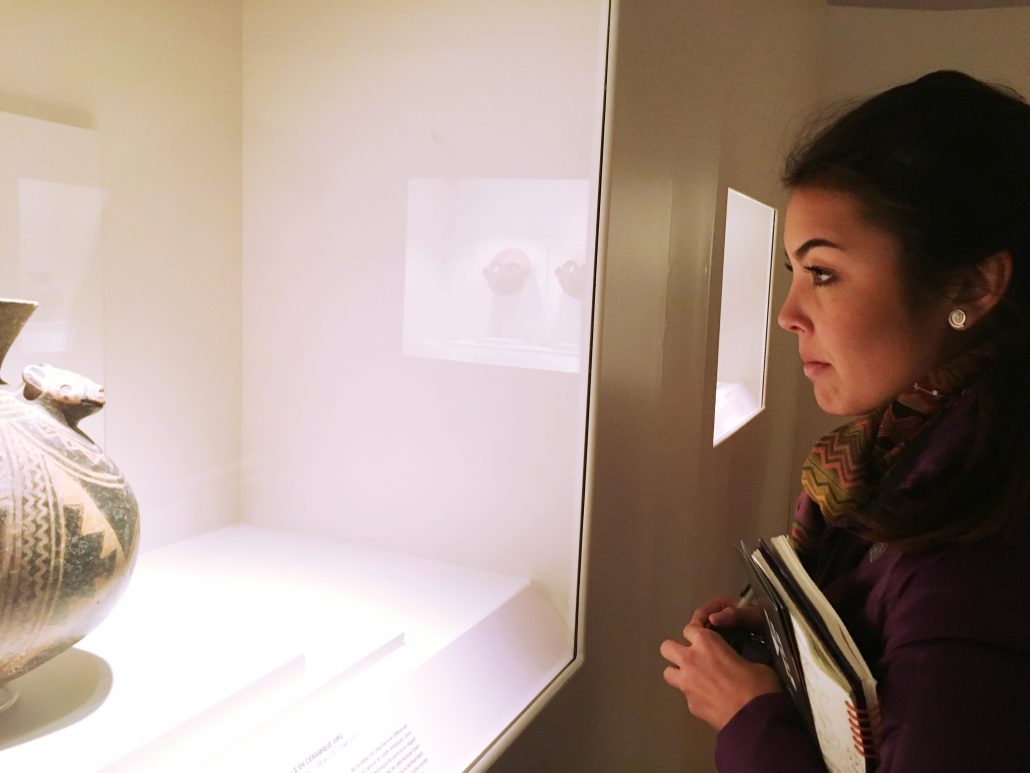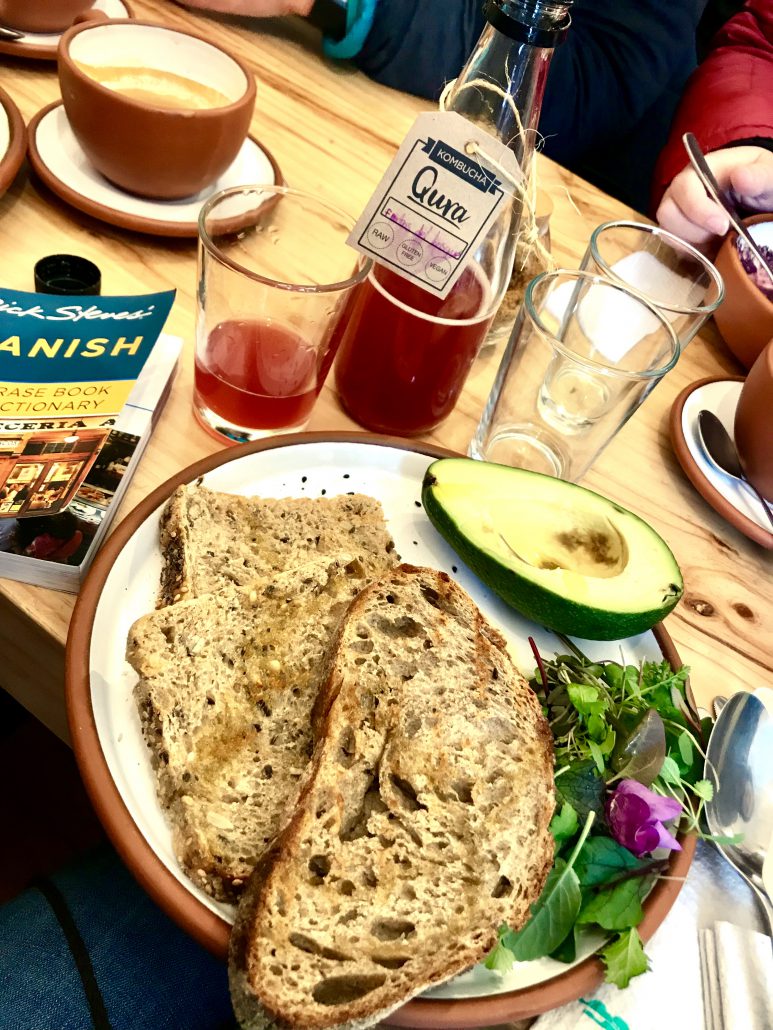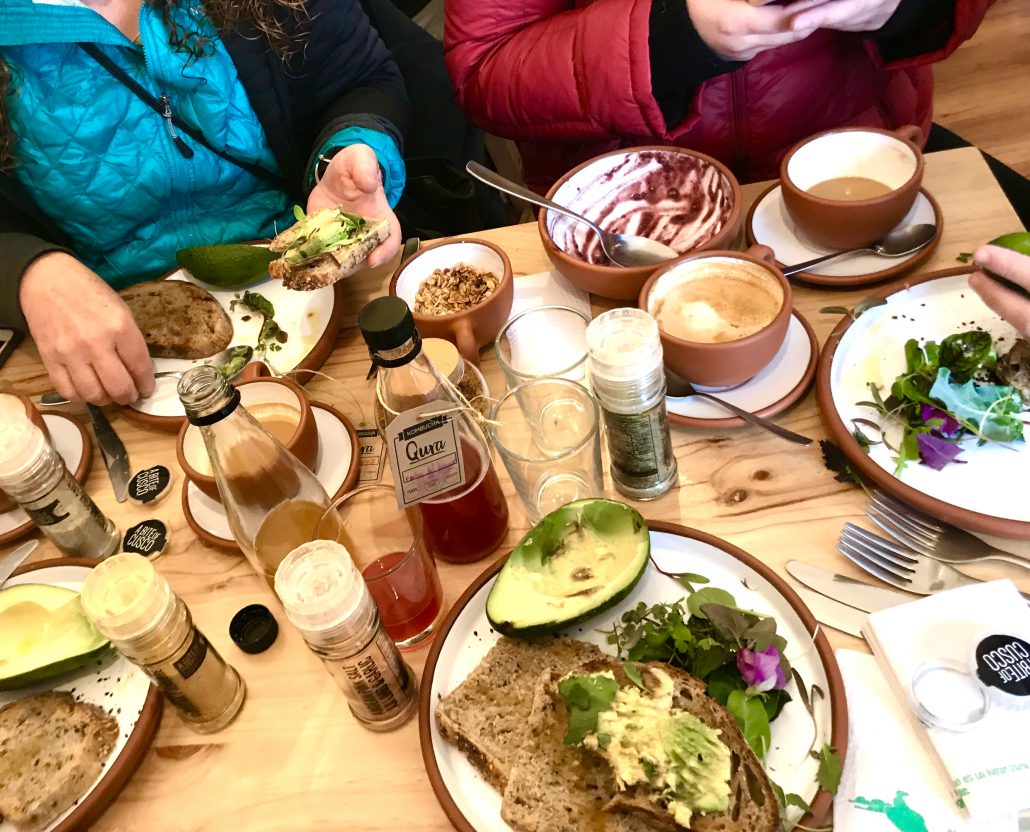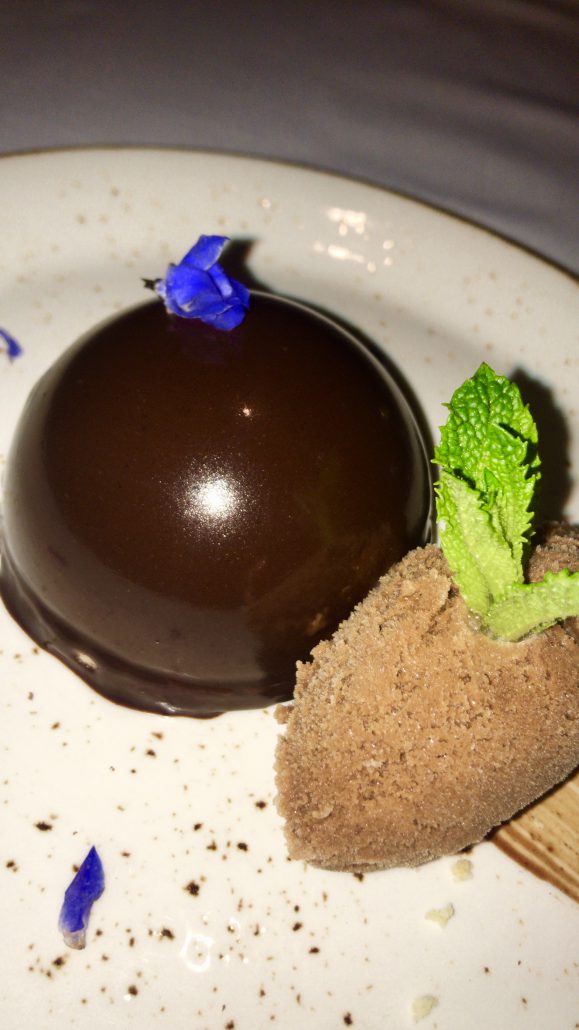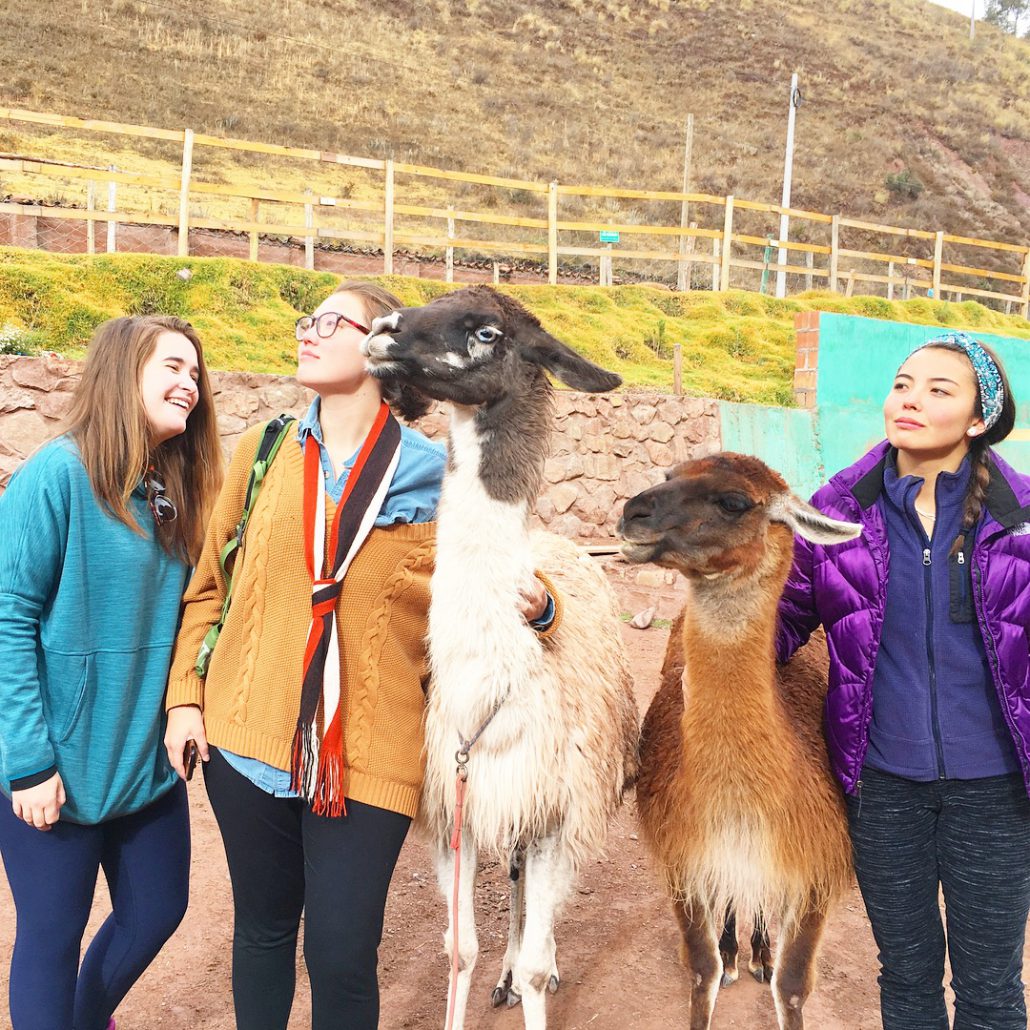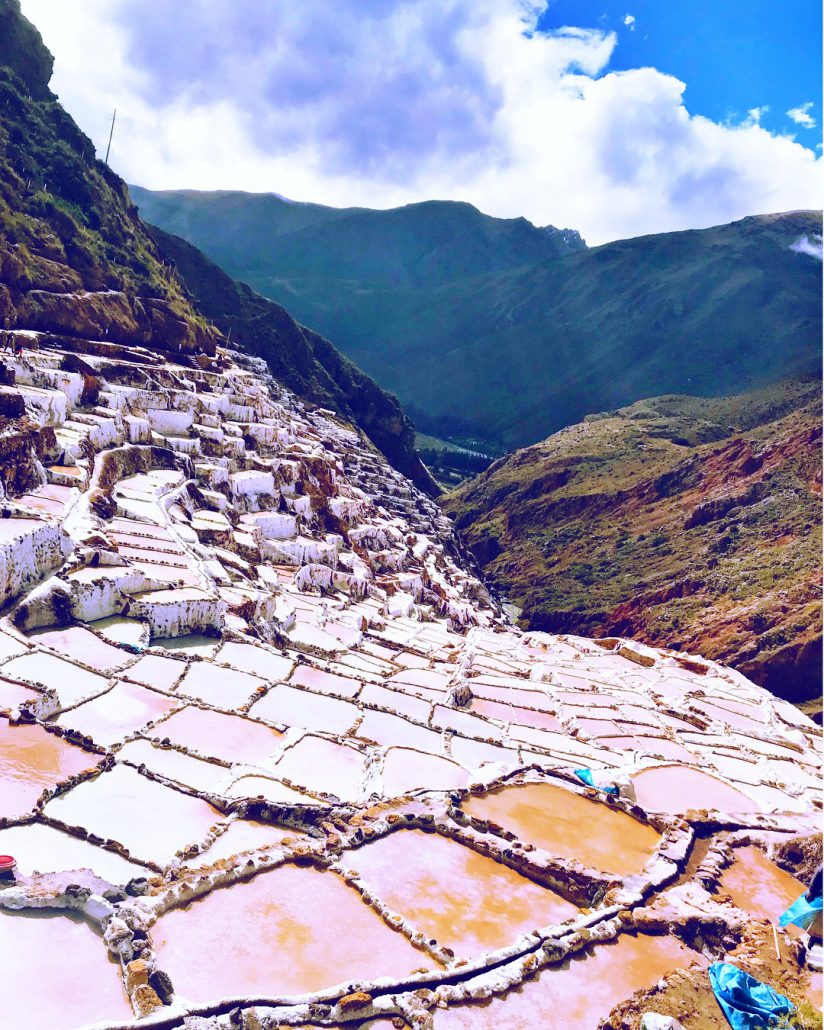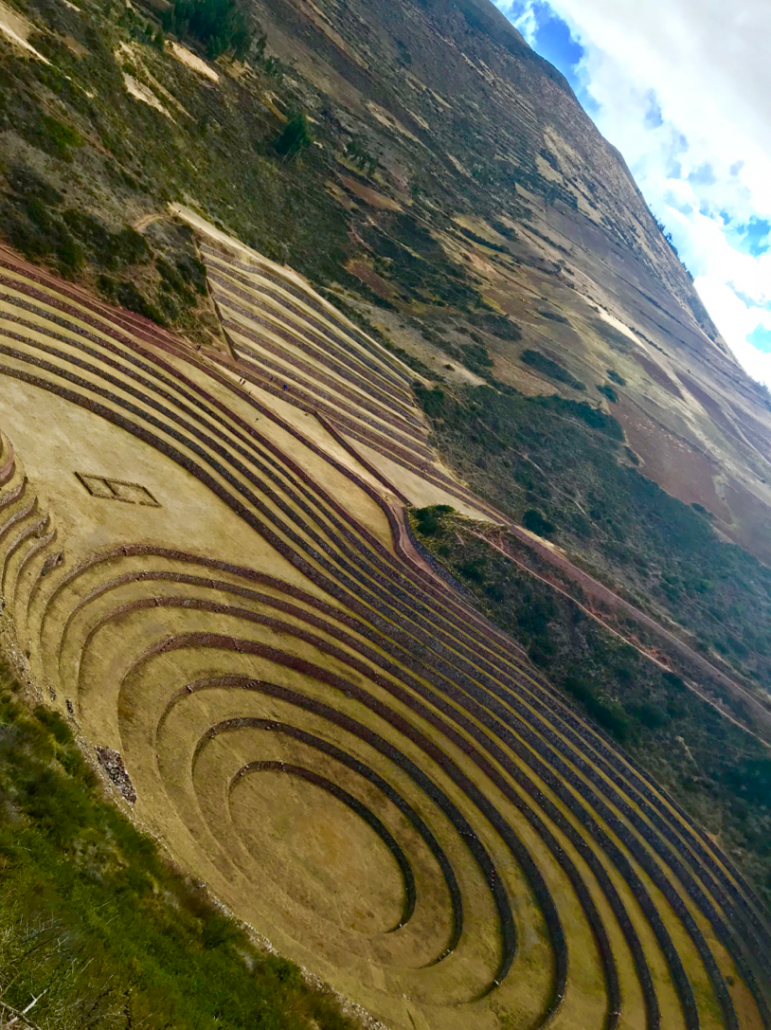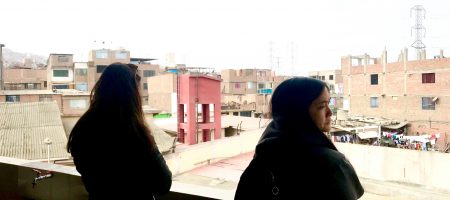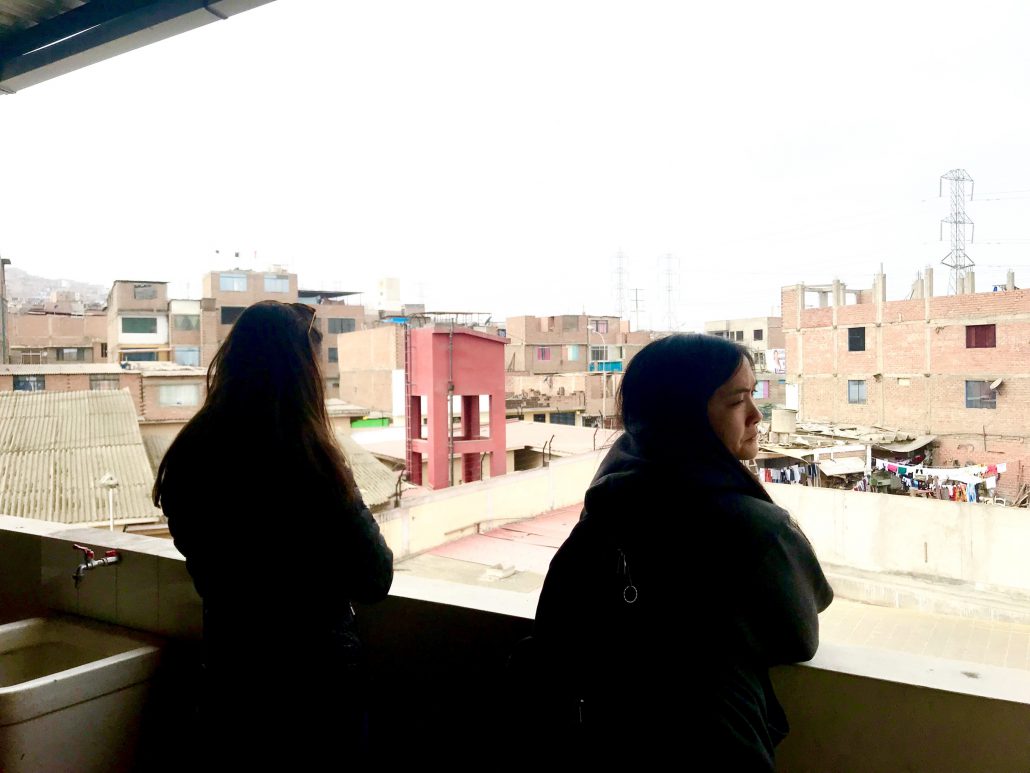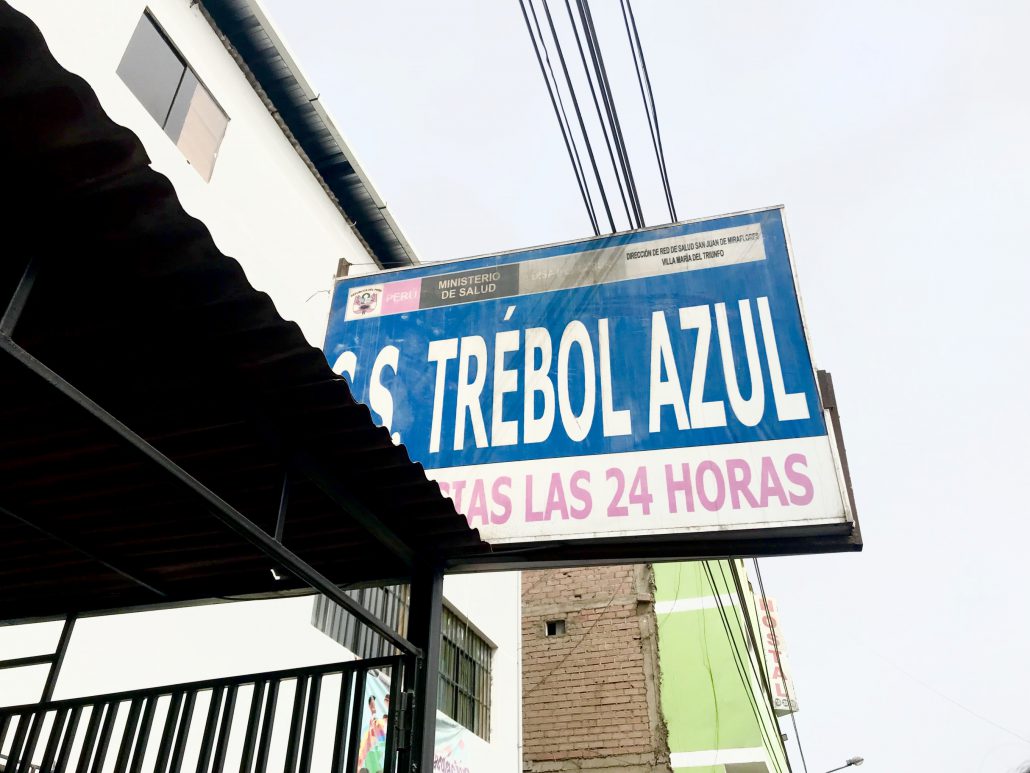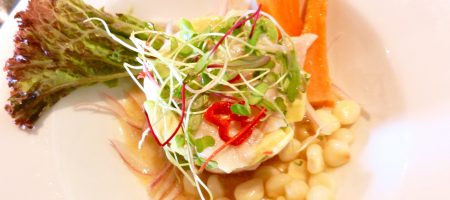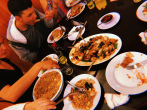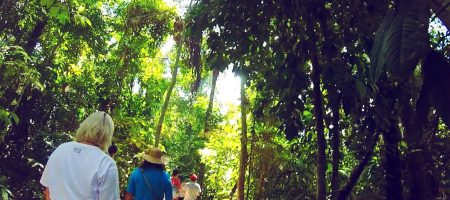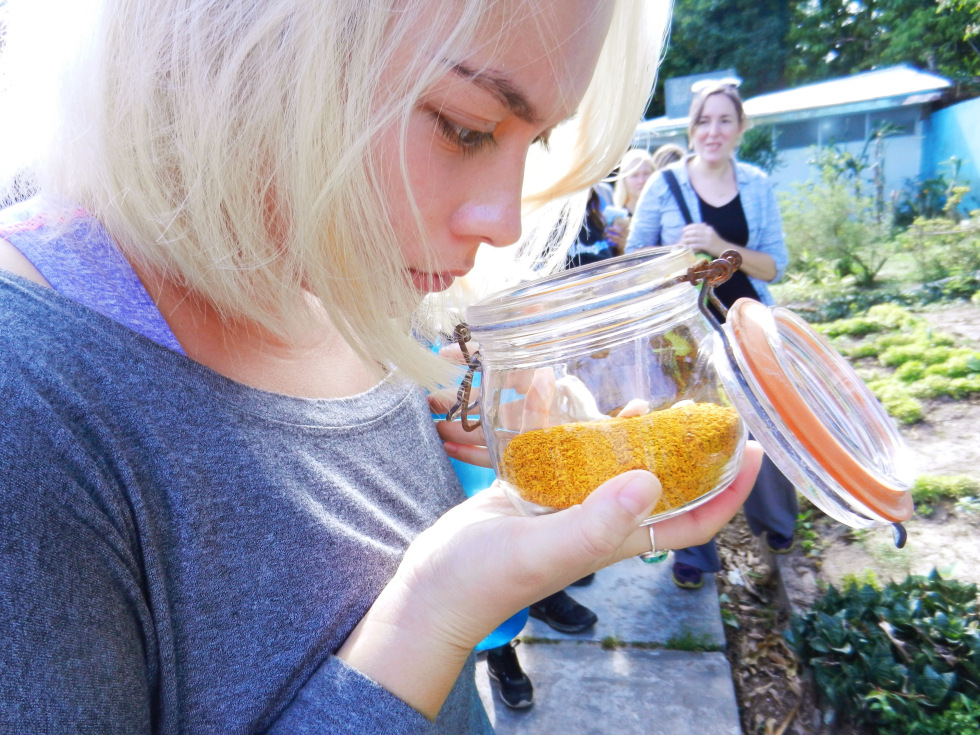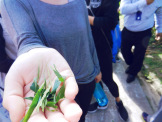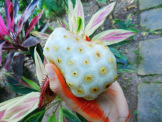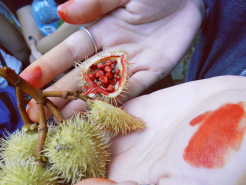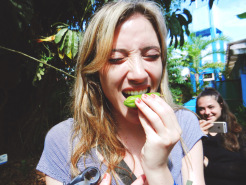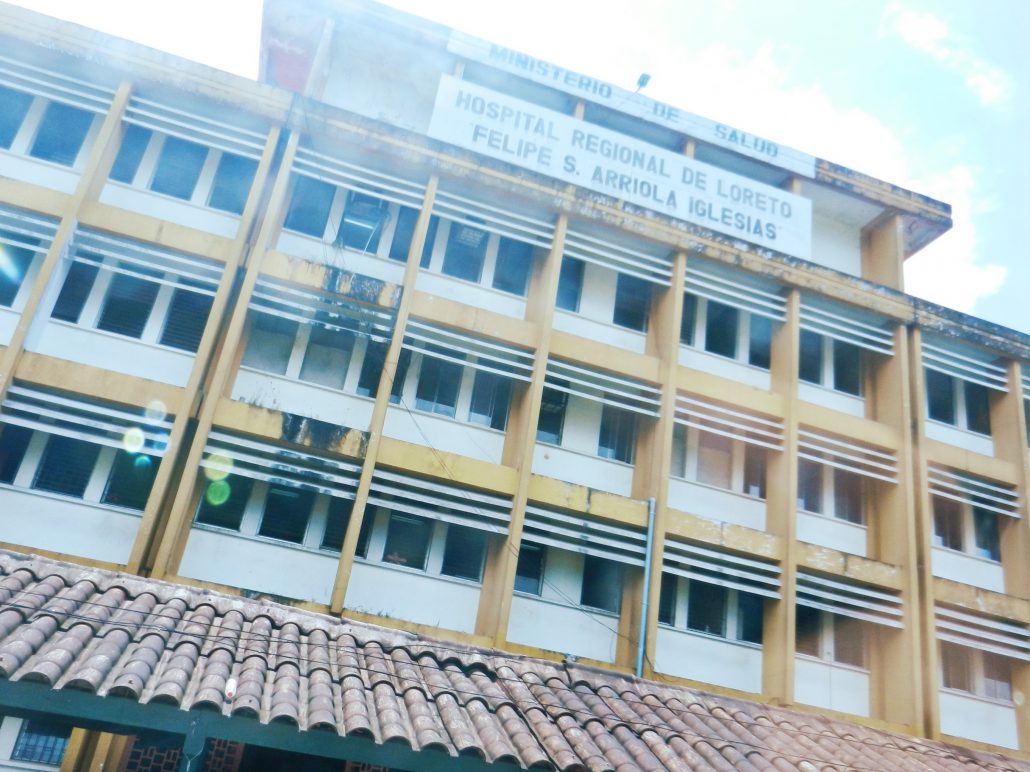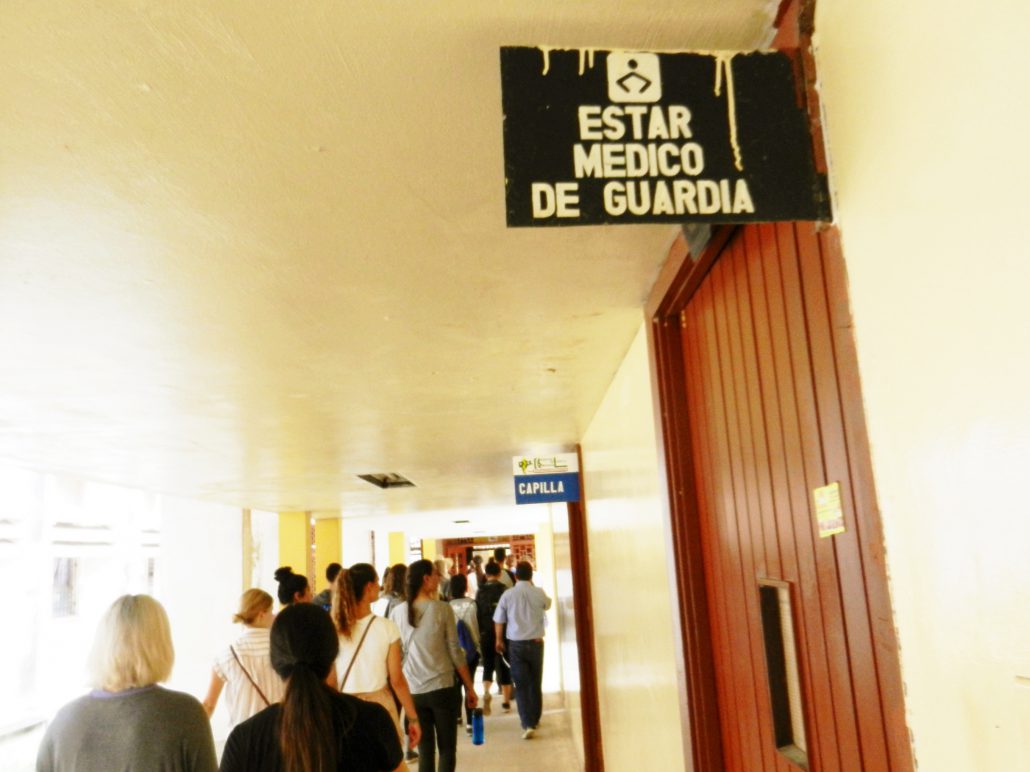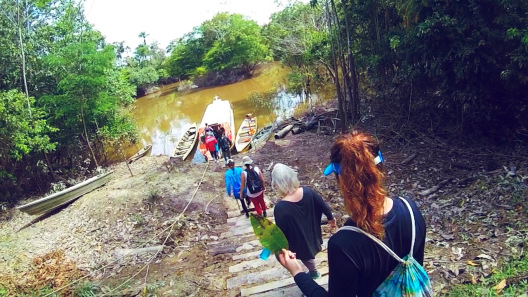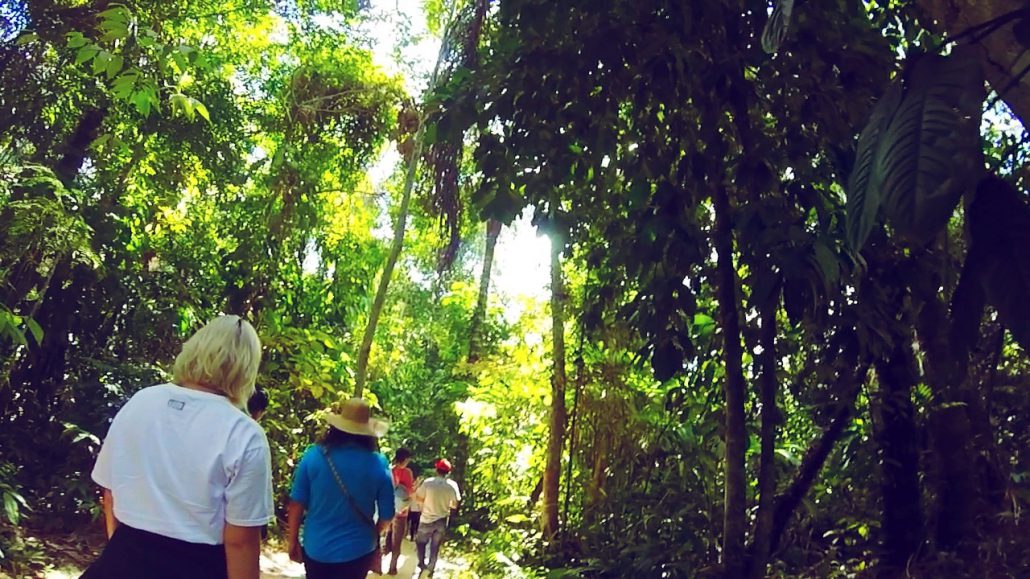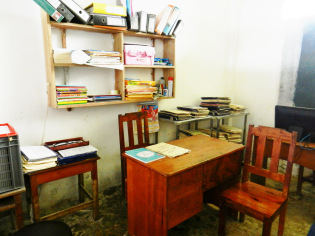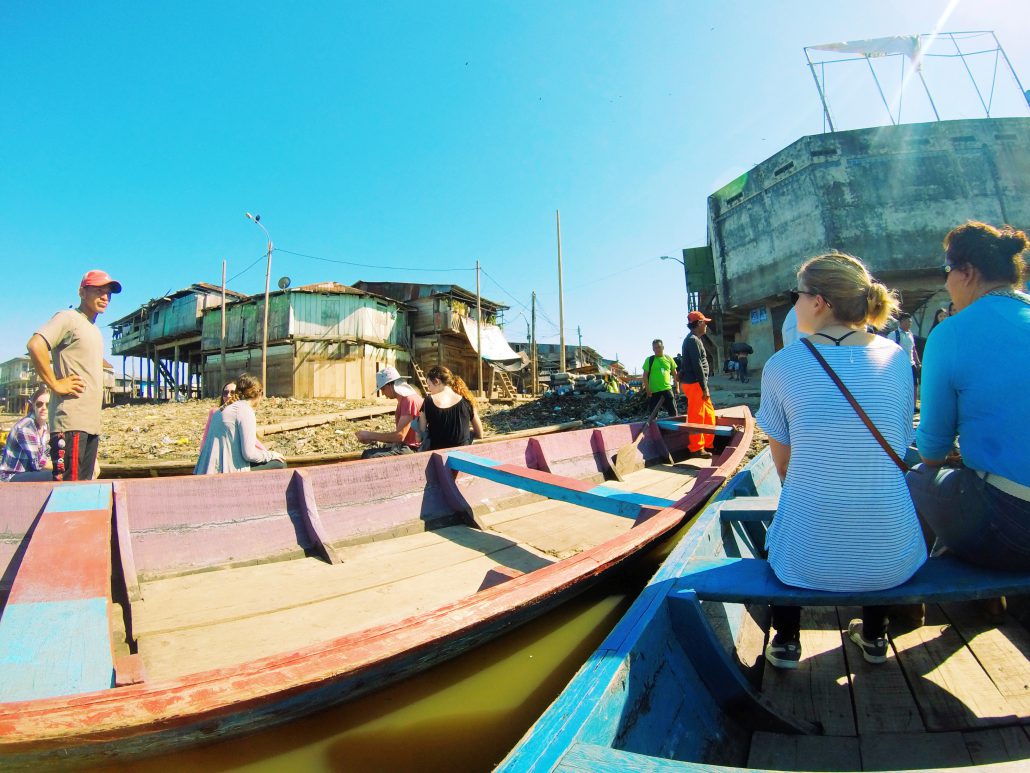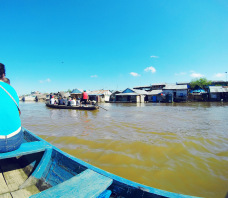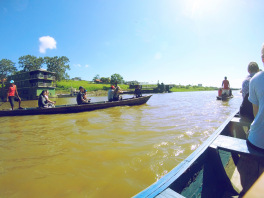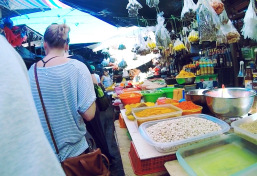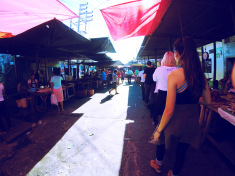Italy | Religion in Rome
By Jessica Helfond
Rome is known for being a religious epicenter, given its rich history with the Catholic church over the centuries. Although Rome is widely known for being right near Vatican City, it’s home to more than just the famous St. Peter’s Basilica. Scattered all throughout Rome are numerous other churches, which are full of beautiful artwork and architecture. The churches throughout Rome are often housed in very plain, discreet buildings; however, you walk in and they are anything but simple.
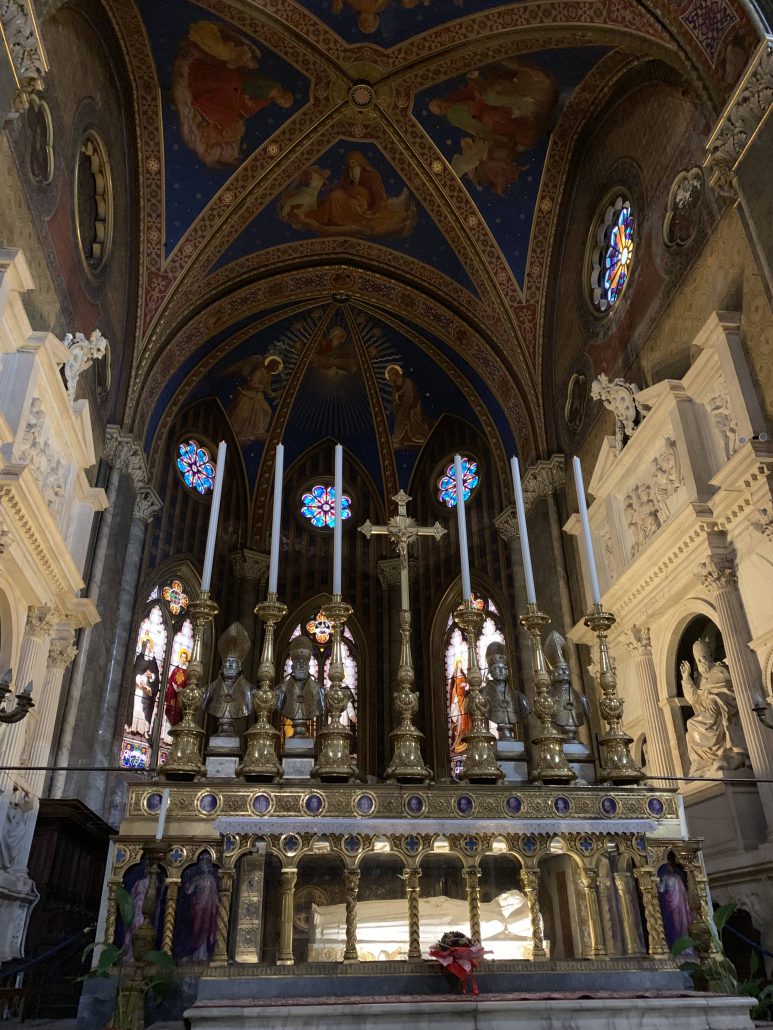
I’ll start with one church our professor took us to: the Santa Maria Sopra Minerva Basilica. It was a plain white building, but when we entered the building, there were immaculately painted walls and ceilings. This church is actually where (most of) Saint Catherine’s body is buried. I say “most of” because her head and one of her pointer fingers are still in Siena, where she lived most of her life. This is because they’re kept as religious relics, which is what allows someone to call a church a basilica. For those of you that don’t know, St. Catherine of Siena had religious visions starting at a very young age. She dictated them to a scribe because she never learned how to write. She also wrote letters to the pope himself, telling him to bring the papacy back to Rome. At this time, the papacy had moved to Avignon, France. It was remarkable that at this time a young girl was telling the pope—one of the most powerful men in the world—what to do.
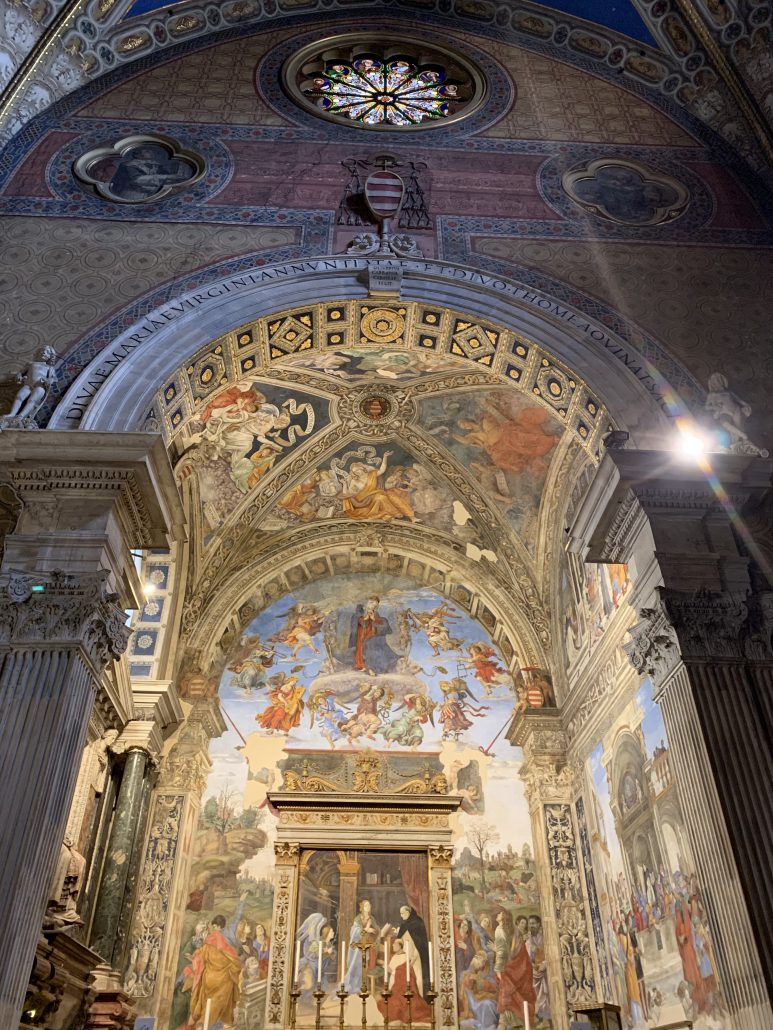
Back to talking about the church—it was absolutely beautiful. There were a bunch of smaller chapels inside with gorgeous paintings. Even if you’re not religious, this church is absolutely beautiful to see. There is incredible artwork, architecture, and stained glass windows. Everywhere you look, there’s something interesting to see.
Another church I would recommend going into is the Pantheon. The Pantheon is another one of Rome’s iconic buildings given its rich history. Although it’s famous, I didn’t know the Pantheon was a church until I went inside and saw the altar. The building itself is incredible—it’s one of Rome’s only domed buildings. Not only is the building a dome, but it’s built of concrete, which is so difficult to make structurally sound in a dome shape. Yet another incredible feature of the roof is the hole in the middle of it. In the past, the ancient Romans were able to tell what time it was based on where the sun fell inside the building.
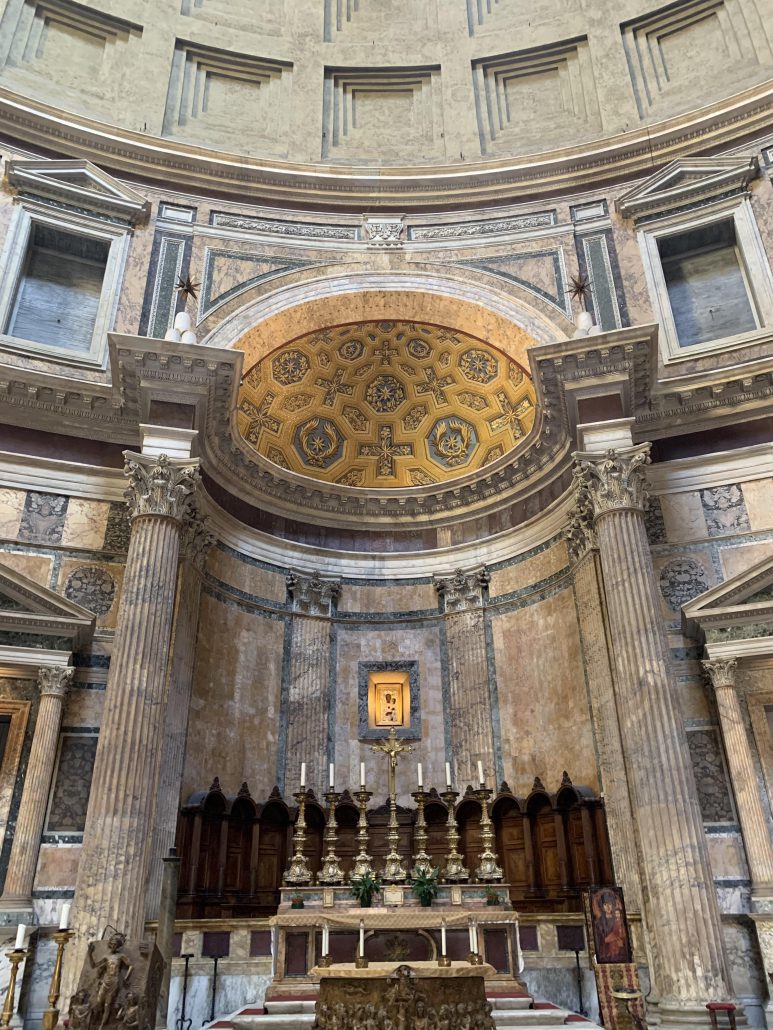
The Pantheon is one of the most architecturally impressive buildings in all of Rome, and is a must see while in the eternal city. As a quick sidenote, there’s a DELICIOUS gelato shop right near the Pantheon. It’s a sicilian gelato shop, which means it’s known for its citrus flavors—the citrus symphony flavor was incredible. I would also recommend their dark chocolate and walnut, ricotta, and honey flavors.
Now, back to churches in Rome (I couldn’t resist mentioning gelato briefly). Going into random churches led me to see beautiful sights that I would have no idea were there otherwise. It’s always a good idea to go explore and see what you can find—you never know what treasures you’ll stumble upon.
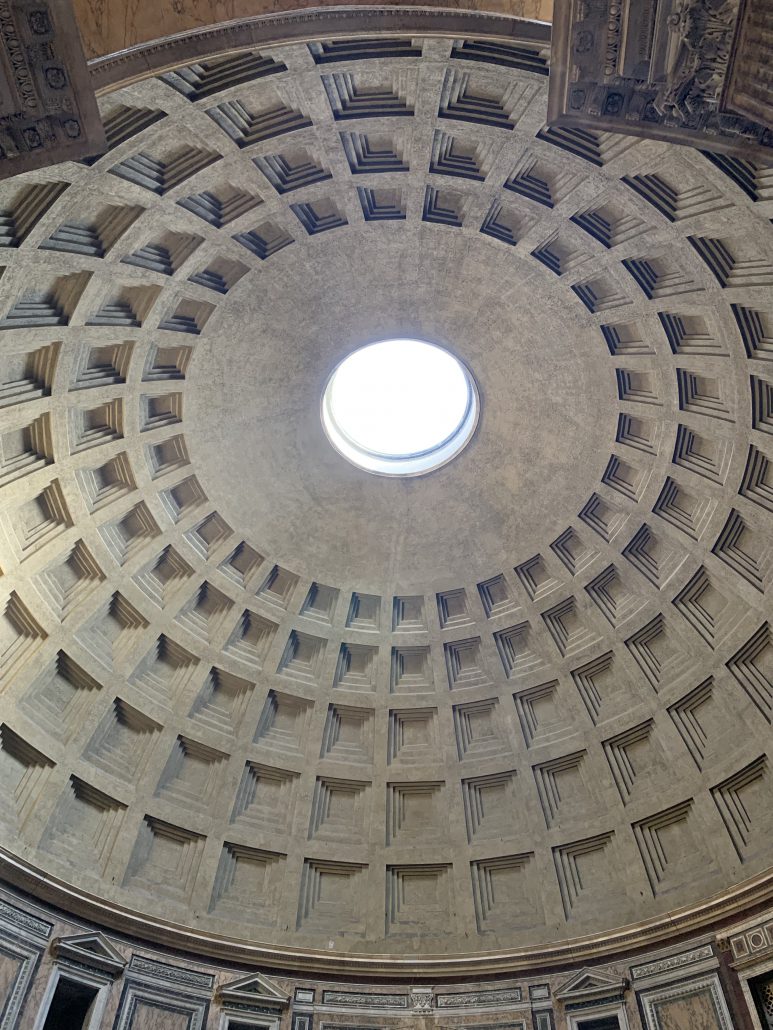
Jessica Helfond studied abroad in Rome in Summer 2019. https://ieo.ucla.edu/travelstudy/italian-rome/


